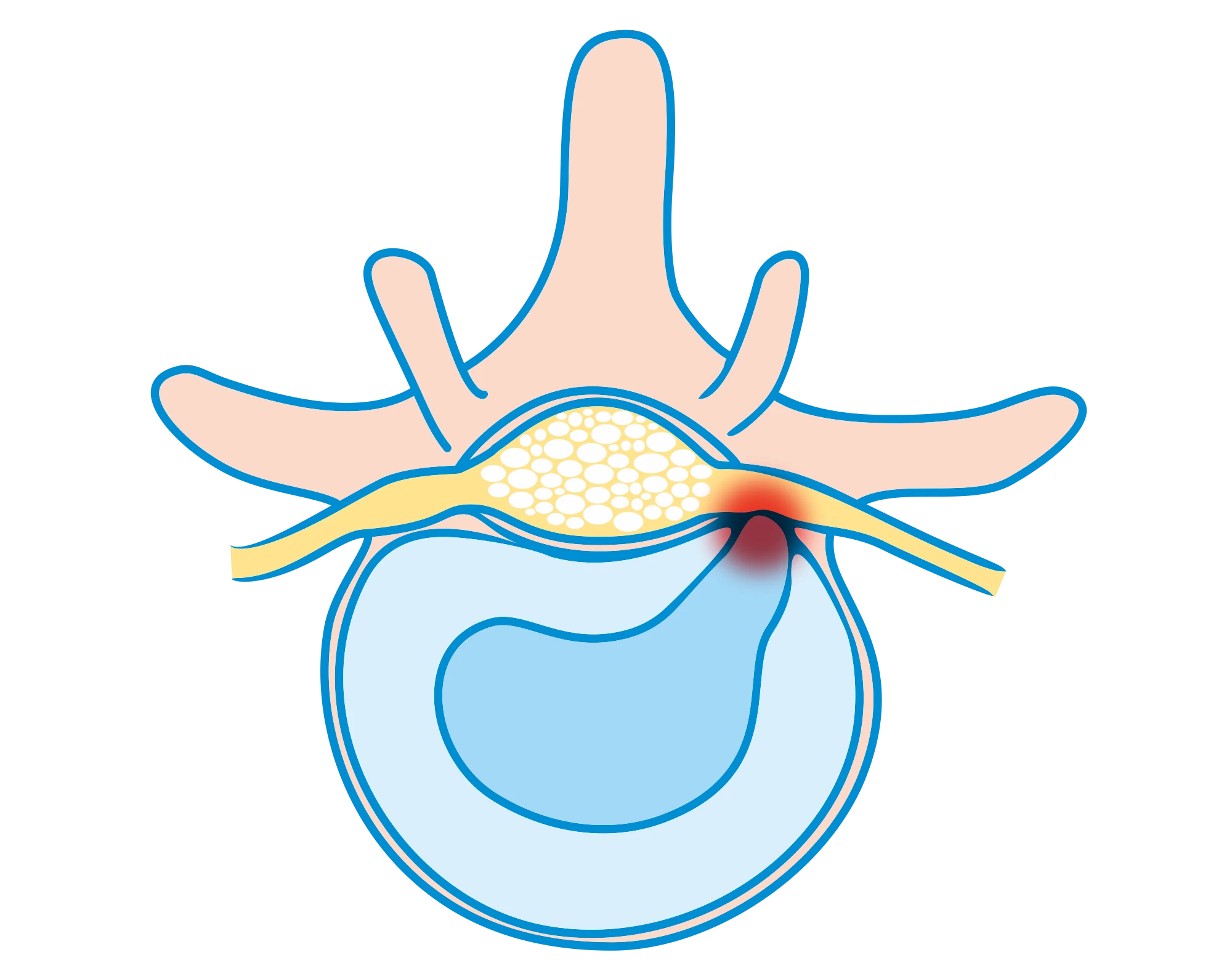To provide services at the highest level, we use cookies. Using the website requires you to choose settings related to their storage on your device. If you want to know what each type of cookie is used for, click the Details button below.
Disk extrusion – causes, effects, treatment10 czerwca 2024 |

Disc extrusion is an advanced stage of intervertebral disc herniation, in which the gel-like part of the disc protrudes outwards, pressing on nerves, causing pain and limited mobility.
The most common causes of disc extrusion include age-related degeneration of intervertebral discs, injuries, spinal overload, prolonged sitting, and overweight. Genetic factors may also play a role.
Symptoms of disc extrusion include severe back pain, radiating pain to the lower limbs, numbness, tingling, muscle weakness, and in severe cases, problems with bladder and bowel control.
Treatment for disc extrusion includes conservative methods such as rest, physical therapy, pain medications, and strengthening exercises. In more severe cases of discopathy with disc extrusion, surgical interventions such as microdiscectomy or spinal endoscopy are performed.
Prevention includes maintaining a healthy lifestyle, proper body posture, regular physical activity, and using an appropriate mattress and pillow that provide proper support for the spine during sleep.